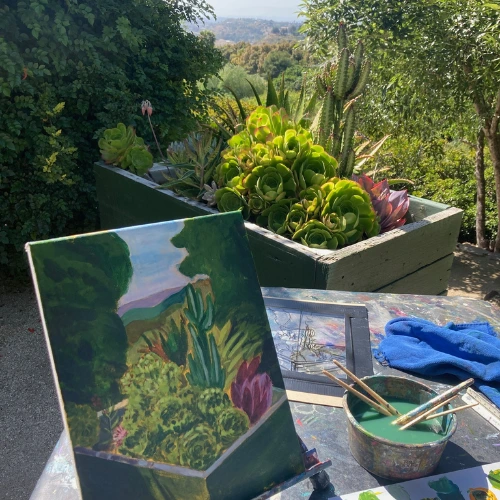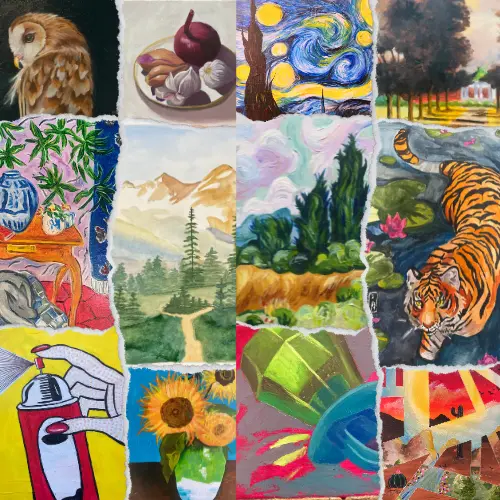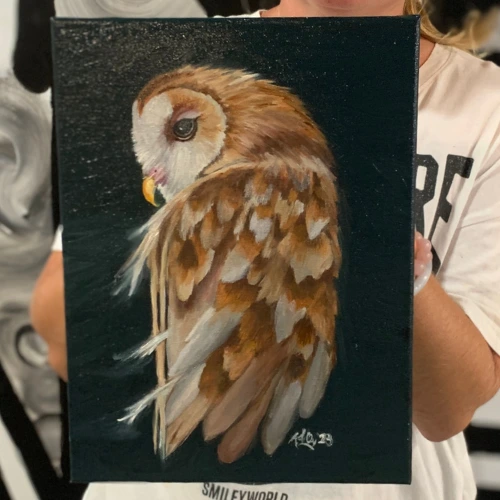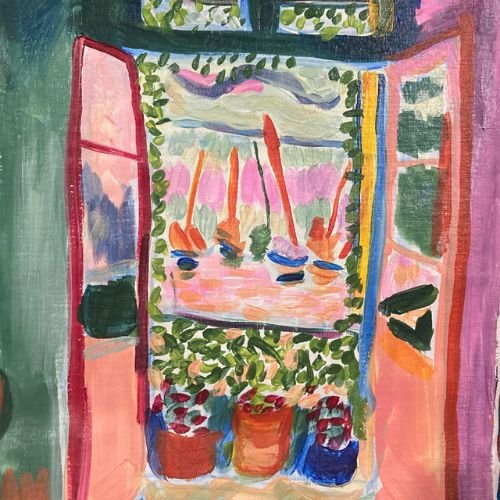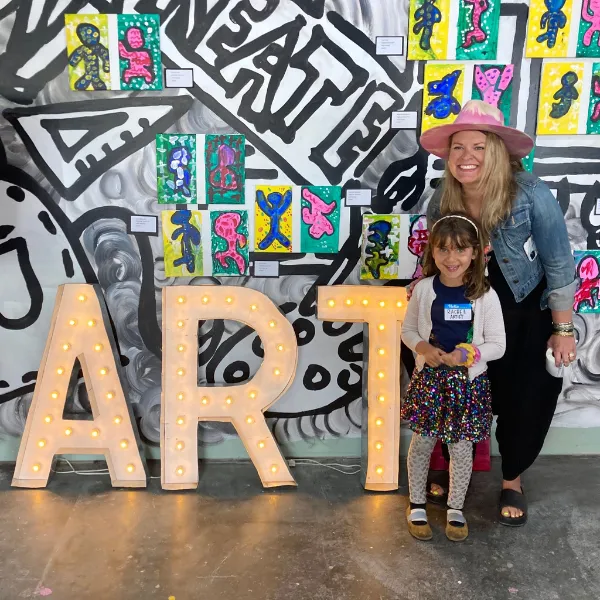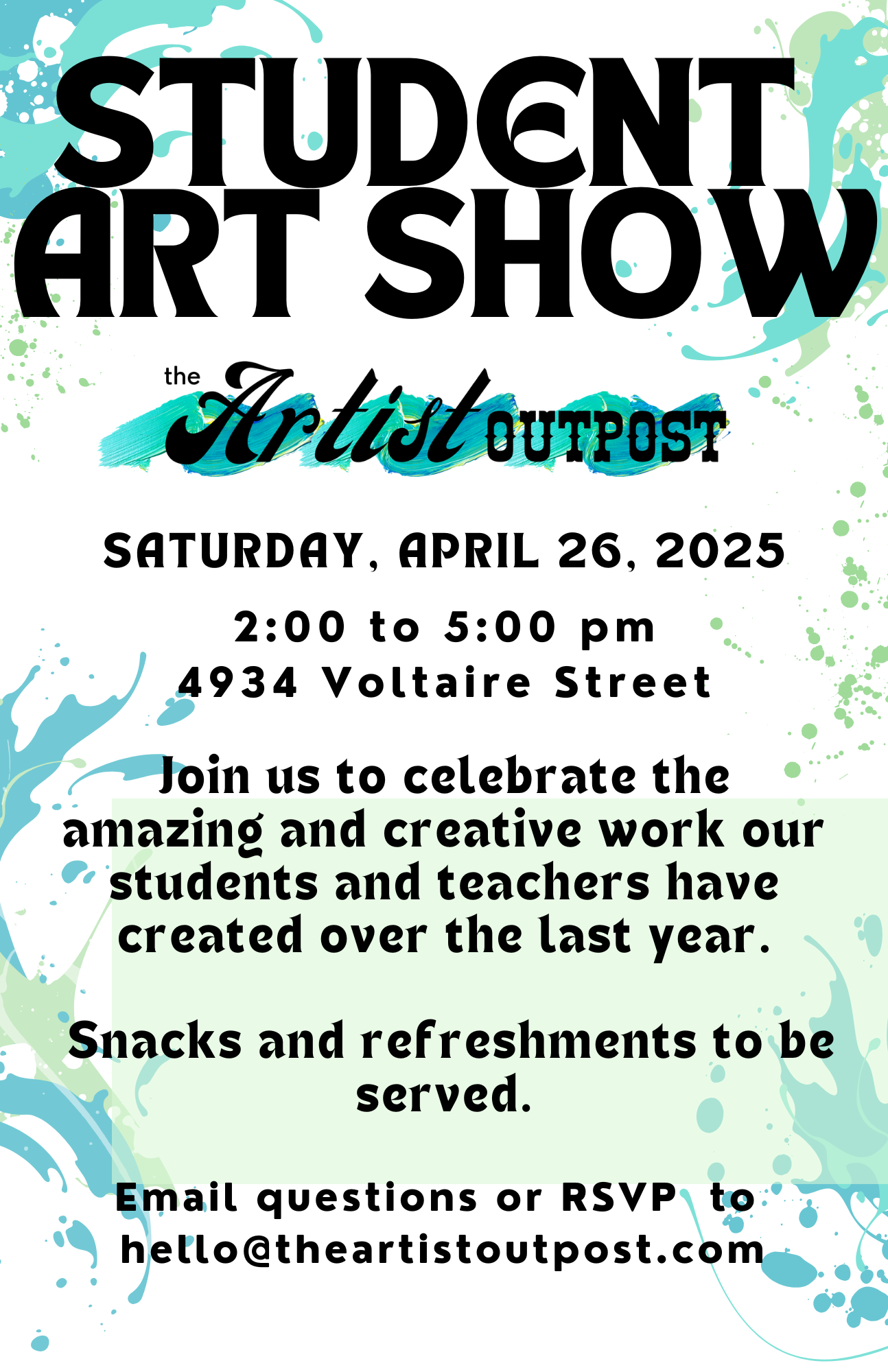Whether you’re gazing at the cliffs of Sunset Cliffs or the rolling hills of Torrey Pines, there’s something magical about translating nature’s beauty onto a canvas. At The Artist Outpost in Ocean Beach, San Diego, we believe that painting nature is more than just brushstrokes—it’s a way to connect with your environment, your creativity, and your unique artistic voice. In this guide, we’re diving deep into the art of Landscape Painting Techniques—from composition and color theory to lighting and layering. Whether you’re brand new or brushing up your skills, you’ll leave here with practical insights and the confidence to bring landscapes to life.
So grab your paintbrush, your favorite view, and a bit of curiosity—let’s explore nature, one stroke at a time.
What Makes Landscape Painting So Captivating?
Landscape Painting Techniques let artists capture the ever-changing spirit of nature—from golden sunsets to stormy seascapes. These techniques bring movement, emotion, and perspective into your art. More than just trees and mountains, a great landscape tells a story. It’s a journey for the viewer and a creative adventure for the artist.
Artists often ask: “Where do I start with landscapes?” The answer lies in understanding the fundamentals—composition, light, and color. Think of these as your compass, your sun, and your emotional palette. At The Artist Outpost, our painting classes help demystify these concepts in a friendly, step-by-step format so everyone—from total beginners to seasoned creatives—can find joy in the process.
Composition – Laying the Groundwork for Every Great Landscape
One of the core Landscape Painting Techniques is composition—the backbone of any scene. It’s the way you arrange visual elements to lead the viewer’s eye through the painting. Think of it like building a hiking trail. You want to guide someone through the scene naturally, without them feeling lost or overwhelmed.
Some tried-and-true composition tips:
- Rule of Thirds: Imagine dividing your canvas into nine equal squares. Place focal points—like a tree, mountain, or sun—along these lines or at their intersections to create balance.
- Foreground, Middleground, Background: Create depth by layering elements. For instance, a rocky path in the foreground, rolling hills in the middle, and a misty sky in the background.
- Lead-In Lines: Use rivers, fences, or trails to draw the viewer into your scene.
Learning to master composition can be a game-changer. If you’re new to painting, be sure to check out our guide: 7 Must-Know Secrets to Master Painting for Beginners (Even If You’ve Never Picked Up a Brush!)
Color Theory – Painting with Purpose
Color brings emotion to your landscapes. Warm hues can evoke a sun-drenched canyon. Cool tones might express fog rolling through a valley. Landscape Painting Techniques rooted in color theory help you control the mood and depth of your work.
Some quick color tips:
- Use Color Temperature: Warm colors (reds, oranges, yellows) come forward, while cool colors (blues, greens, purples) recede. Use this to build visual layers.
- Complementary Colors: Opposite colors on the color wheel—like blue and orange—can add contrast and vibrancy.
- Limited Palette: Sometimes less is more. Mastering a few colors can give you stronger harmony.
Want to play with even more techniques? Try adding watercolor into your practice to see how color blends naturally with water.
Capturing Natural Light – The Key to Realism and Emotion
Nothing brings a landscape to life like light. Whether it’s a golden hour glow or mid-day shadows, understanding how to work with light is one of the most essential Landscape Painting Techniques.
Here’s how to train your eye:
- Observe the Time of Day: Morning light is cool and soft. Evening light is warm and dramatic. Choose a time that complements your mood.
- Use Value Studies: Before jumping into color, sketch your landscape in black, white, and gray. This helps you see the contrast and adjust your composition for balance.
- Reflected Light: Surfaces don’t just absorb light—they bounce it. Pay attention to how light hits the underside of trees, rocks, and clouds.
Our instructors at The Artist Outpost often start classes by practicing “value blocking” to help students focus on light and shadow before diving into color.
Essential Materials and Tools for Landscape Painting
Great Landscape Painting Techniques start with having the right tools. Here’s a simple list to get you going, whether you’re painting in the studio or plein air (outdoors):
- Surface: Canvas, canvas boards, or thick watercolor paper
- Mediums: Acrylics (fast drying), oils (rich blending), or watercolors (fluid, atmospheric)
- Brushes: Use a mix of flats, filberts, and round brushes
- Palette: Use a mixing palette to explore color theory as you go
- Extras: Rags, easel, water or turpentine (depending on your medium)
For personalized guidance, check out our Painting Classes. We provide materials for most sessions and can help you find what fits your artistic goals best.
Techniques to Try—From Beginner to Advanced
Here’s a breakdown of approachable Landscape Painting Techniques you can start exploring today:
1. Blocking In
Use large brushes to map out the basic shapes and tones. Focus on light vs. dark, not details.
2. Atmospheric Perspective
Lighten and desaturate colors as they move into the background to simulate distance.
3. Dry Brush
Use a dry brush for texture on rocks, trees, and grasses. Great for fine detail without overworking.
4. Glazing
Apply transparent layers of paint to adjust tone or color without losing detail underneath.
5. Scumbling
Use a dry, stiff brush to add soft, broken color on top of a dried layer. Perfect for clouds or sun haze.
Common Questions About Landscape Painting Techniques
Q: What’s the easiest way to start a landscape painting?
A: Start with a reference photo or sketch from nature. Block in large shapes first, then slowly add detail and color.
Q: What’s the best medium for landscapes?
A: Acrylics are great for quick projects, oils offer rich blending, and watercolors are excellent for atmospheric effects. Each brings something special to Landscape Painting Techniques.
Q: Should I paint from a photo or real life?
A: Both are valuable! Photos are convenient, but painting outside (plein air) improves observation and helps you understand how light truly behaves.
Tips to Practice and Improve Over Time
- Sketch Daily: Even quick 10-minute sketches sharpen your observation.
- Join a Class: Our community of artists in Ocean Beach is a fantastic place to grow and share ideas.
- Experiment: Try unusual color palettes or tools like palette knives.
- Ask for Feedback: Sometimes a fresh set of eyes helps you spot what’s missing.
Remember—your first few landscape paintings aren’t supposed to be perfect. They’re meant to be honest. At The Artist Outpost, we celebrate the process as much as the product.
Nature Is Calling—Will You Answer with a Brush?
Learning Landscape Painting Techniques is a journey of connection—with nature, with your creativity, and with your own sense of wonder. From composition to color to capturing the perfect light, these techniques give you the tools to express what you see and feel. And the best part? You don’t have to go it alone.
At The Artist Outpost, we’re more than just a studio—we’re a vibrant, encouraging art family right here in Ocean Beach. So whether you’re painting cliffs or clouds, valleys or waves, we’re here to help you every step of the way. 🌊🎨

